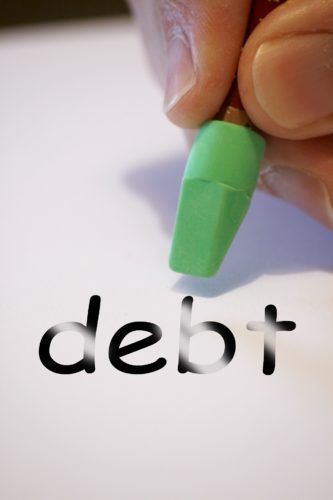
When an individual is struggling financially, they may be overwhelmed with thoughts of an uncertain future. No person wants to feel as though they can’t provide for their family due to large amounts of debt that they feel like they will never be able to repay. Luckily, bankruptcy is an option that can allow an individual to clear their financial slate. There are two types of consumer bankruptcy, Chapter 7 and Chapter 13.
Eligibility for Chapter 13 bankruptcy is determined by a means test. If the debtor has a regular income, Chapter 13 allows them to create a repayment plan over the course of the next 3 to 5 years. Any debt that is outstanding after that time may be forgiven. This plan is determined at the Meeting of Creditors where the trustee, the debtor, and creditors who wish to attend can discuss the financial situation and ask questions regarding the debt. Then, the parties may come up with a repayment plan.
While a lot of debt can be forgiven after the repayment period, some debt that can’t be discharged is spousal maintenance, child support, student loans, some taxes, and more. Another important factor of filing for bankruptcy that happens as soon as a debtor files is an Automatic Stay. This makes it so debt collectors and lenders must stop contacting the debtor. The automatic stay will also stop your home from being foreclosed.
If you are considering bankruptcy, contact our firm today.
For strong legal representation from an experienced attorney regarding matters of bankruptcy, personal injury, family law, criminal defense, or workers’ compensation, contact Underwood & Micklin and we would be happy to schedule a consultation to discuss your matter.

